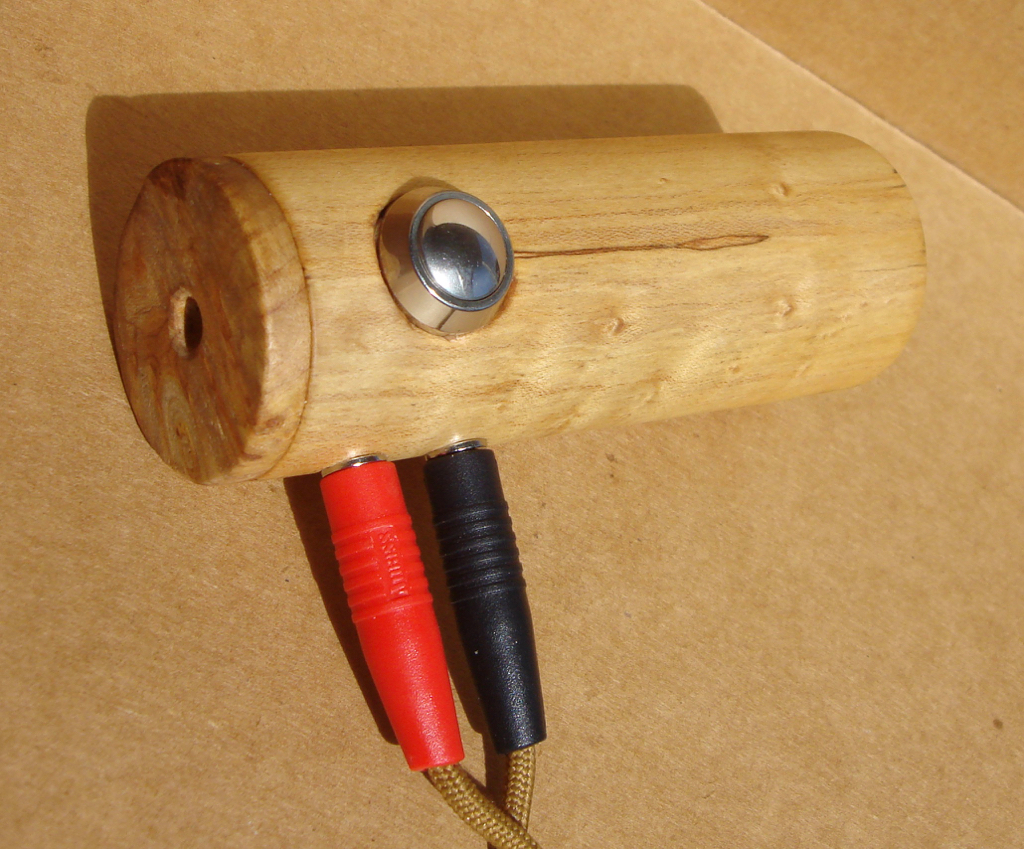RBT is excited to see
@Alan implement the silicone sleeve and removal of the mica. There are several risks in both and
@Alan is aware of them. He is also one of the best vapzorizer engineers in the business and will sort out these and other issues in beta testing.
The mica is subjected to a bake process to ensure purity. After assembly an over voltage burn-in is run. No appreciable amount of dust has been detected in new or warranty units. The fine mesh heater screen is in place to prevent any particulate from leaving the heater chamber and entering the load chamber. Mica is frequently used in heater applications as it is easily cut into patterns as Compared to ceramic which needs to be molded and then fired in a kiln. RBT will look to employ ceramic elements in future designs when higher volumes are achieved.
In the short distance from the rim of the female glass to the heater screen the temperature goes from 160 F to over 400. Using medical grade epoxy at the rim of the glass minimizes surface area and reduces temperature exposure. With the RBT Mi-Log employing radial side inlets as opposed to the inlet screen used on Milaana the exposure to the air path is further minimized. Mica is also required to employ the "Turbulator". Enter char technology that is now being implemented in the Zion and now Milaana.
I hope this further explication puts some minds at ease and some wise tails to rest. Again, we are very excited for
@Alan to provide RBT tech to customers who feel better having the mica and epoxy out of the design. I mean, like Damn, you see that Spalted splendor up there?










